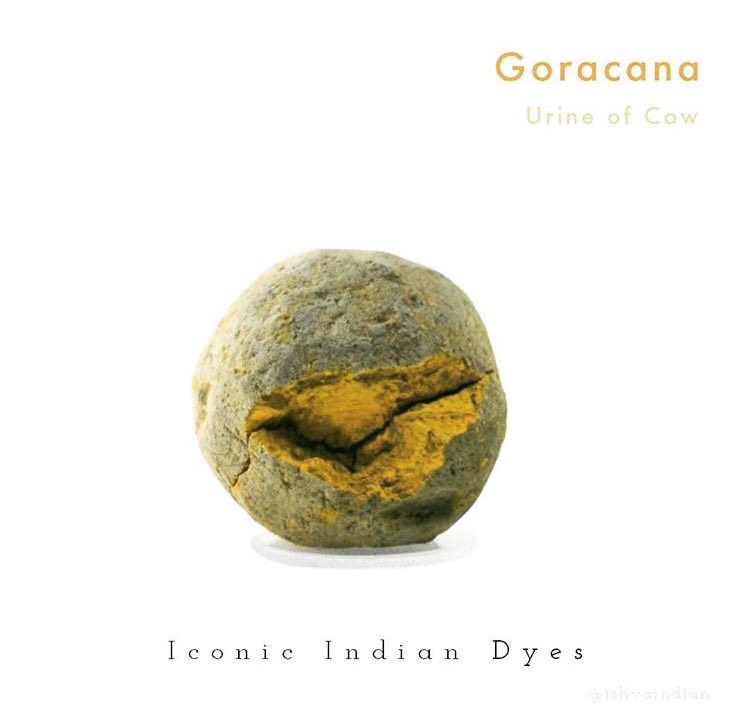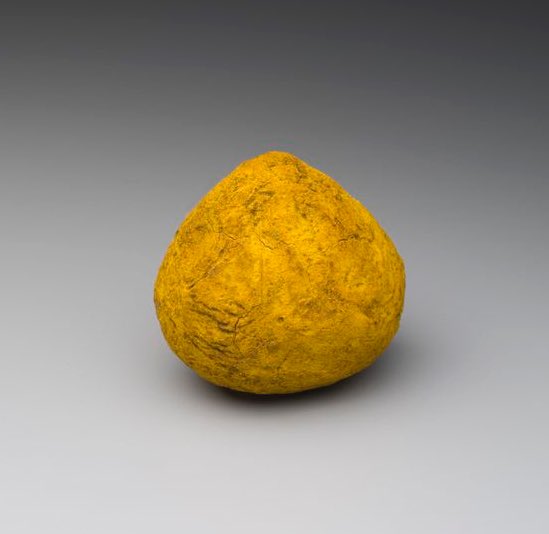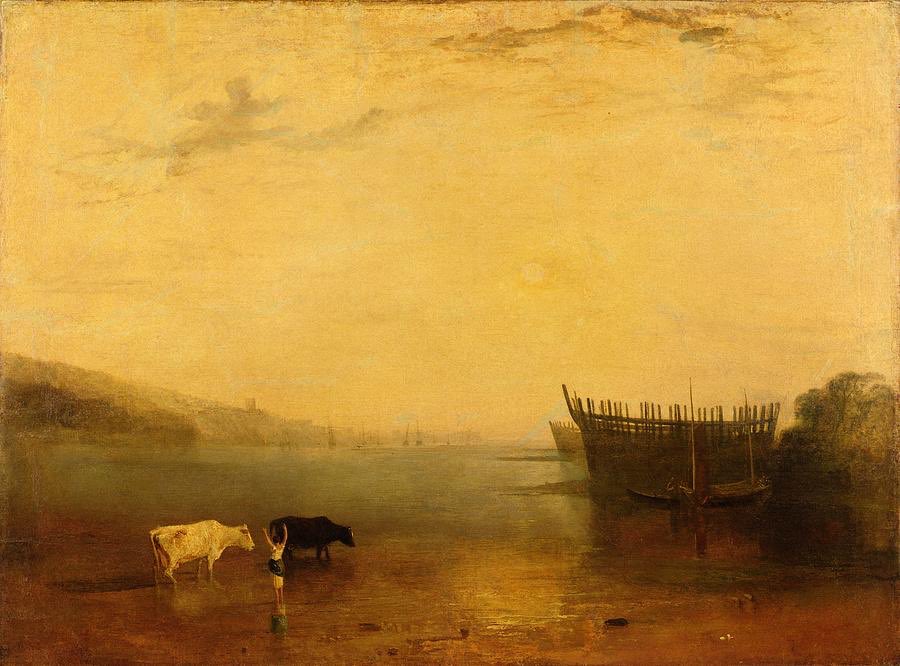Goracana, or Indian Yellow pigment made from the urine of cows: This deep mustard yellow is famously named after the pigment collected from the crystallised urine of cows fed on a special diet of only mango leaves. It was made exclusively in the village of Mirzapur by milkmen.
The milkmen, or gwalas collected such a cows urine fed only with mango leaves in earthern pots, concentrated the pigment by heating, cooled and dried it, then pressed it into round balls. Indian yellow was not only used extensively in Indian art, but also exported to Europe.
Marwari traders transported it to the ports of Calcutta from Bihar, from where it was moved to post-impressionist Europe - a thriving trade flourished off the pigment.
Few know that Dutch artist Van Gogh’s ‘Starry Night’ has touch of India in it. The bright yellow moon peeking through the swirling dark blue sky is painted using this famed Goracana or ‘Indian Yellow’ pigment.
first image and a component of the text via ishvaindian on ig
For the skeptics https://twitter.com/priya_27_/status/1311702858631389195">https://twitter.com/priya_27_...
"The pigment was soon imported into Europe and popularised by Dutch painters, including Jan Vermeer, who enjoyed the unique lightfastness of this extraordinary yellow. Indian yellow became part of JMW Turner’s watercolour palette and the Scottish Colourists adopted it in oil form
One of its most famous users was Van Gogh, who painted a luminous Indian yellow moon in his 1889 masterpiece, The Starry Night." https://www.winsornewton.com/uk/articles/colours/spotlight-on-indian-yellow/">https://www.winsornewton.com/uk/articl...
Indian Yellow owes its translucence and near fluorescence to its water-soluble structure. In its original form, it was known as a lake pigment. Colours like ultramarine and vermillion are created by crushing minerals; lake pigments, however, are made from organic materials.
Goracana lumps were pressed into lumps by hand and dried; the balls were also called ‘Purree‘ or ‘Piuri‘ (chemical composition: magnesium euxanthate)
since the cattle were only fed an exclusive diet of mango leaves and water in order to increase the saturation of their urine, (occasionally with a little turmeric thrown in for good measure), it did not provide them with adequate nutrition and the cows were often malnourished.
the toxin urushoil found in mango leaves also took a toll on the cows. this process of pigment/dye production was therefore eventually phased out in the early 20th century due to the animal cruelty.
via @harvartmuseums: researchers from SUNY Buffalo analyzed our ball of Indian yellow to report the presence of hippuric acid, a marker for ruminants, and xanthates which originate from plants, lending significant credence to Mr. Mukharji’s original account.
https://www.harvardartmuseums.org/tour/a-history-of-color-an-audio-tour-of-the-forbes-pigment-collection/slide/11168">https://www.harvardartmuseums.org/tour/a-hi...

 Read on Twitter
Read on Twitter







